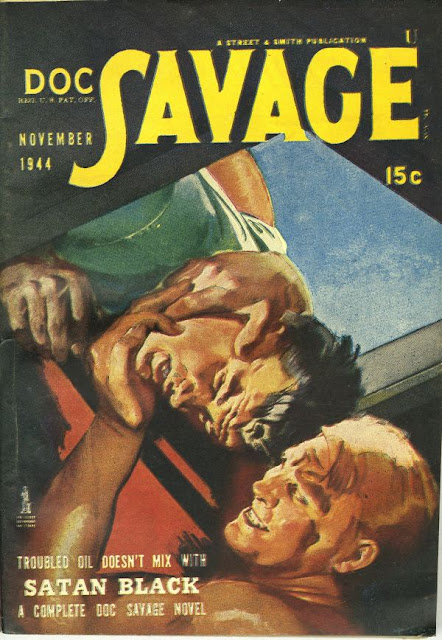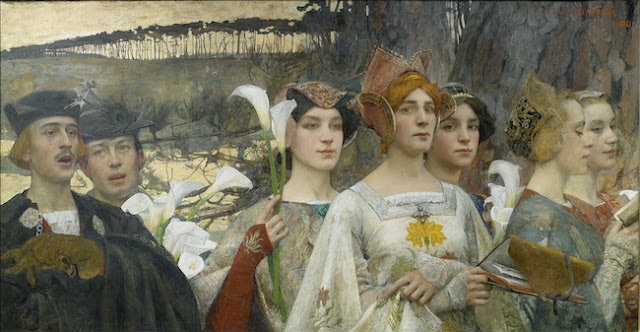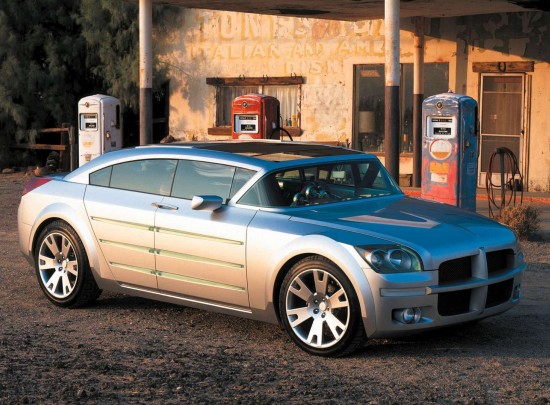My take on aviation art is that there are several approaches to depicting airplanes. One is the "show all the rivets" hard-edge style. I suppose this appeals to the crowd that loves seeing details. The other extreme is what I'll call the "French watercolor" approach where hardly any details are seen, and the details present are inaccurately drawn. My conjecture is that the audience for this is comprised of people who do not like or understand airplanes. Then there is a middle ground where aircraft are portrayed as they might be seen in real life at a glance, with one area in focus, others de-emphasized. A master in this was R.G. Smith who I mentioned here. Valigursky's aviation art fell in the range between the rivets school and Smith, presenting his subjects clearly and with artistic flair.
Below are examples of his aviation art along with science-fiction and other subjects as context.
Stukas
To set the scene, here is one of his aviation paintings.
Amazing Stories cover - December 1956
"Space Viking" cover - 1963
"The Cosmic Computer" cover - 1964
The two lower covers are examples of his better SciFi work. Sometimes he dashed off cover art with sad results, as can be seen in the topmost cover.
Saga magazine cover - September 1953
Nautilus - for Saga, April 1959
Two illustrations featuring submarines.
"Flying in Flanders" cover
"No Parachute" cover
"Full Circle" cover
P-38s and Messerschmitt
More aviation art. The lower two examples are the kind of Valigursky illustrations I like best. But to nit-pick, the P-38s seem to have 1942-43 vintage U.S. markings, yet the serial number on the tail of the near aircraft has a 1944 fiscal year serial number indicating when its construction was budgeted.


















































.jpg)
